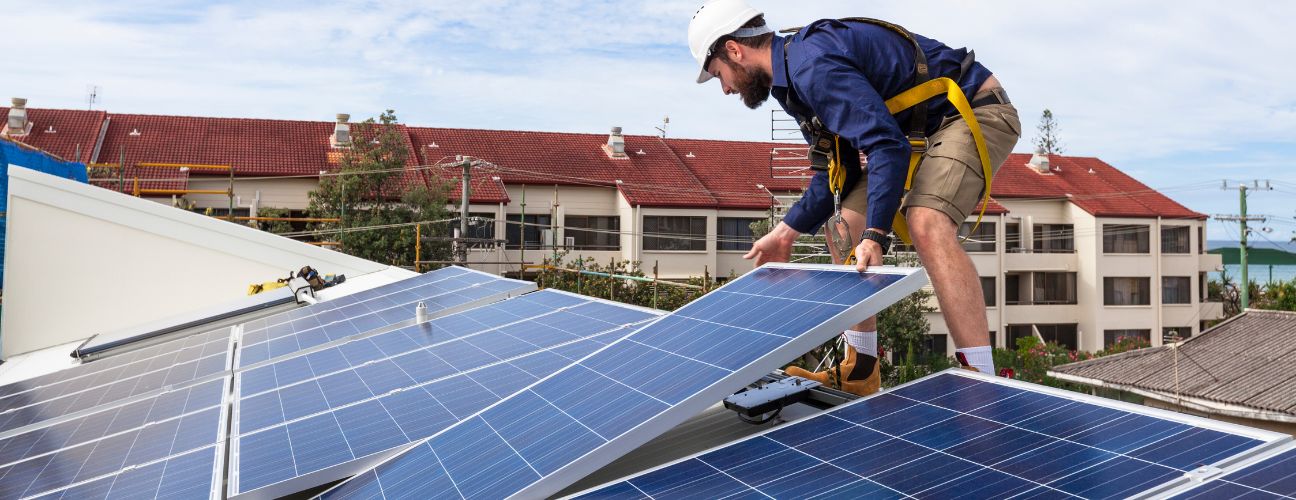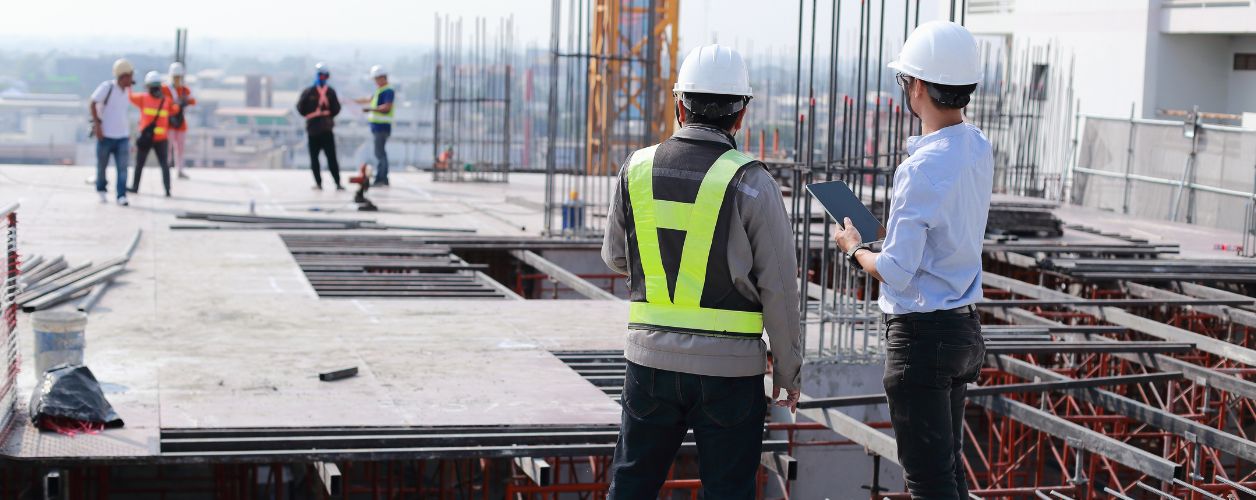Average Solar Panel Installation Cost: $16,000 to $20,000
The average cost of a residential solar panel installation in Canada typically ranges from $15,000 to $25,000, fully installed, for systems ranging from 5 to 12 kilowatts (kW).

In Canada, the home space for solar energy is increasing among homeowners. The running costs of utilities have increased so much, and many people are looking forward to going green. The universal question is how much solar panels will cost for installations in Canada. Here, you will have all the information from solar panel system costs to installation costs, and incentives by the government, to cost-saving tricks.
The installation cost of solar panels in Canada varies for different provinces, depending on home size, and is based on power requirements. The average installation cost for a residential solar system will be from $15,000 to $35,000, inclusive of equipment, installation, permits, and any electrical upgrade that would be required. Homeowners prefer systems producing between 4 and 10 kW of power.
A 4kW system can be expected to cost in the region of $12,000 to $16,000 for a small house, with relatively light energy loads; which is typical for a medium-sized home, around $18,000 to $24,000 should be expected for around 6kW of power. Massive homes with excessive energy usage could demand an 8kW outlay into a 10kW system that would cost somewhere between $25,000 and $35,000.
Cost Per Watt in Canada
The price of solar panels is sometimes specified in terms of cost per watt. This is a handy measure when comparing systems of different sizes. The average cost per watt in Canada is around $2.50 to $3.50. A 6kW system at $3.00 per watt would cost $18,000, including panels, inverters, racking, and installation.
Prices might be slightly higher in remote areas due to transport costs and shortages of labour. In urban areas, prices are kept quite low due to competition between installers.
Differences in Cost by Province
Solar panel prices differ from province to province based on climate, labour charges, and provincial policies.
The range of prices in British Columbia is between $2.80 and $3.50 per watt. Homeowners generally pay for a 6kW system anywhere from $16,800 to $24,500. More solar usage is on the rise here due to high electricity prices and supportive provincial government action.
The price of solar systems in Alberta is slightly lower. It is thought to be approximately $2.60-$3.20 per watt. A standard 6 kW; system is priced between $15,600 and $19,200. Good sunshine conditions in Alberta improve efficiency and make solar pay.
Manitoba and Saskatchewan have similar pricing. Costing in the range of $2.70 to $3.30 per watt, a 6-kW system would, in typical instances, run anywhere from $16,200 to $19,800. Prolonged periods of payback are due to lower electricity prices in Manitoba and Saskatchewan.
The cause of the high cost in Ontario is its density of population density and labour costs. The cost ranges between $2.90 and $3.50 per watt for average quotes. A 6 kW unit would cost from $17,400 to $21,000.
Off-Grid vs. Costs of Grid-Tied Solar
Some owners prefer to be off-grid entirely, while other owners opt for grid-tied systems. Off-grid systems are very expensive since they incorporate batteries and backup power systems. For the average price of off-grid solar systems in Canada, an individual would be looking to spend around $30,000 to $60,000, with battery systems alone costing about $10,000-$20,000.
Grid-connected systems are indeed affordable since this backup will minimize your investment in batteries. Most of the home installations are grid-tied in Canada due to the convenience and lower price.
Maintenance and Operating Costs
Solar panels are low-maintenance. Most systems need only occasional cleaning and checking. Annual maintenance in Canada is typically less than $200. Inverters will need to be replaced after 10 to 15 years. This can range from $1,000 to $2,500, depending on the type.
Panels themselves last 25 to 30 years. Warranties usually extend this long. During their lifetime, panels can save electricity bills by thousands of dollars.
Within the price of the entire system, more than half would be the solar panels. Therefore, the cost per panel for efficient solar panels in Canada would be between $250 to $400. A 6kW system has 15 to 20 units, depending on the efficiency of the solar panels.
In addition, inverters are needed as well. String inverters come under $1,000 to $2,000. Microinverters or power optimizers are more costly but contribute a better positive impact in shaded conditions.
Dismounting equipment, cabling, and safety disconnects would contribute another $1,000 to $2,000. Then your price for labour installation will be between $3,000 and $5,000 based on how complex the roof profile is and how big the system size is.
The federal government of Canada, in the year 2025, remains committed to supporting its citizens in adopting solar footprints. A unique program that can be tapped by homeowners is the Canada Greener Homes Loan scheme. It can give up to $40,000 in interest-free loans for energy retrofits, including solar installations.
Some of the provinces provide additional internal incentives. In Alberta, through the Residential and Commercial Solar Program, subsidies are given to homeowners to lighten the burdensome costs at the beginning. For Nova Scotia residents, there is a rebate available under the SolarHomes program for systems installed worth up to $3,000.
All these form incentives that yield a net reduction of solar cost while ensuring higher rates of return on investments.
The payback time varies with the price of electricity, sunshine exposure, and costs incurred in the system. Thus, the keenness of expensive electricity, such as in Ontario and Nova Scotia, typically results in payback periods shorter than seven to ten years.
Power provinces like Quebec and Manitoba can even stretch their payback period to about 12 or even 15 years. The average payback for most Canadian homeowners would be about 10 to 12 years. After that, there is almost free energy generated.
Yes, the majority of provinces permit net metering. That is to say, you can export extra power back into the grid for bill credits. Policies on net metering are different. Ontario, for instance, permits crediting up to 12 months. In British Columbia, there is a carry-over credit indefinitely.
Net metering reduces electricity bills and enhances the payback on your solar investment. It also negates the need for costly batteries in most instances.
Solar is a good long-term investment for many Canadian homeowners in 2025. Increasing power rates make solar increasingly appealing annually. The payback point is typically within ten years, and systems tend to last three decades or more.
Solar adds value to the property. A property with solar panels tends to sell quickly and at a higher price. Most buyers enjoy saving on energy bills as well as the environmental advantage.
There are some things that can affect your end solar installation cost in Canada. The type of roof is significant. Metal and asphalt roofs are less expensive and easier to put panels on. Tile or slate roofs could increase the cost due to additional materials and labour.
Roof pitch and direction count as well. South-facing roofs with a 30- to 45-degree pitch receive maximum sunlight. Shaded rooftops or intricate designs can require additional equipment, increasing cost.
Permit fees and inspections also contribute to the bill. These are different in each municipality. Budget between $500 and $1,500 for permitting and electrical inspections.
The installation itself is significant. Find a good installer who is experienced, certified, and has good reviews from customers. Compare prices and request multiple estimates. Request the cost breakdown, including labour, equipment, and permits.
Request them to examine your roof and energy requirements. A visit to your site will assist in crafting a system appropriate for your residence. Ensure the installer processes the rebate paperwork. It saves you time and assists you in acquiring every credit for which you're eligible.
Always inquire about warranties. Panels typically carry twenty to twenty-five-year warranties. Inverters carry less warranty, generally around ten years. A reputable installer stands behind their work with a minimum of five years' protection.
Solar panels produce power even on cloudy days. They generate less power, though. Germany, being a cloudy nation, is the global leader in the adoption of solar. Municipalities such as Vancouver or St. John's still experience high solar performance throughout the year.
New panels are effective and are capable of catching diffused sunlight. Snow will decrease output in winter, but the panel's slope and self-cleaning as snow melts away. Adequate design and storage in batteries maintain year-round functionality.
Solar technology is advancing. In 2025, panels will be the most efficient and longest-lasting they have ever been. Prices are levelling off, but consistent demand maintains competitive prices. Battery storage is also decreasing in price, paving the way for more off-grid systems.
Installing solar panels in Canada is a big decision. But it is possible to become a long-term savings and self-sufficiency motion. The average cost is $15,000-$35,000 for most homeowners, depending on where they live, their energy needs, and roof conditions. Now is an excellent time to convert to solar, with massive government backing and rising electricity prices.
Before making a decision, obtain multiple quotations from qualified installers. Compare prices, warranties, and consumer reviews. Be aware of the incentives available in your province. With proper planning, solar power can be a smart and fulfilling option for your house.
Costs of various services and materials in this cost guide should be taken as estimates. These depend on location, preference and demands in the market.
